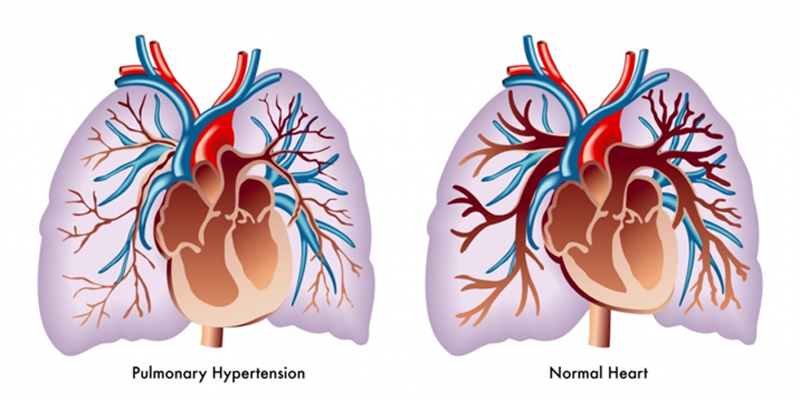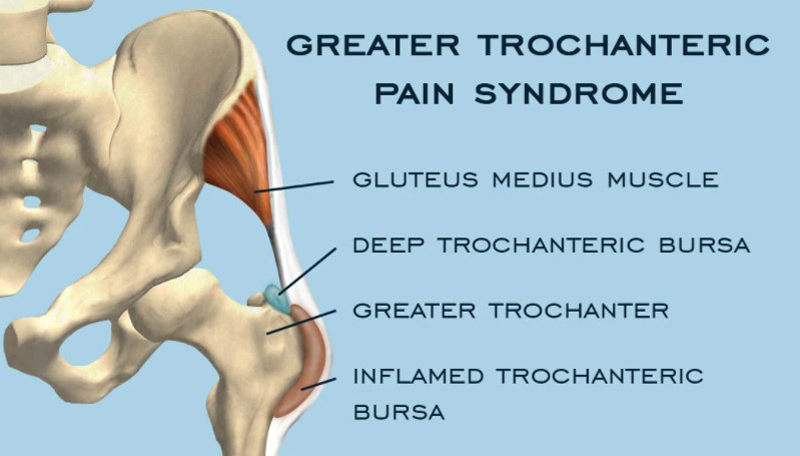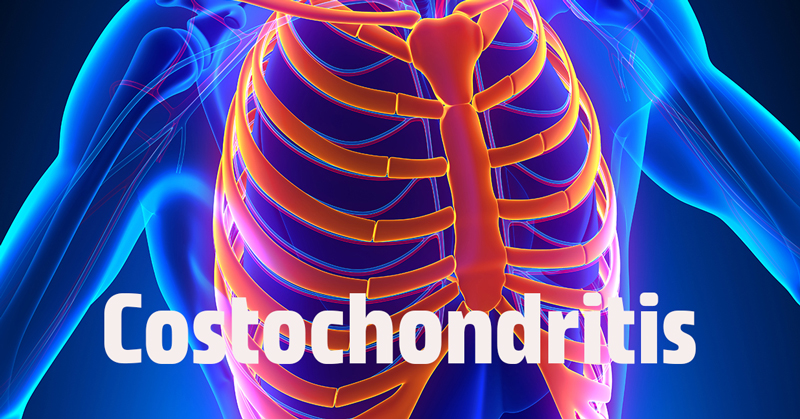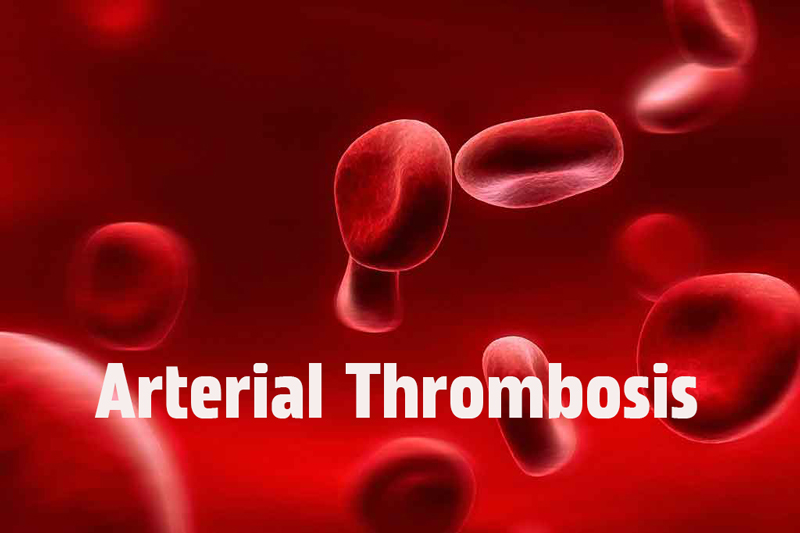Carbon Monoxide Poisoning - The Invisible Threat
Oct. 3, 2023 #COPD
Introduction
Carbon monoxide (CO) poisoning is a silent and potentially deadly threat that can lurk in homes, workplaces and other enclosed spaces. This colorless, odorless gas is a byproduct of incomplete combustion of carbon-based fuels. Understanding the causes, recognizing symptoms, and knowing preventive measures are crucial for safeguarding against this hidden danger.
Defining Carbon Monoxide Poisoning
Carbon monoxide is a toxic gas produced when fuels like wood, gasoline, natural gas and oil burn incompletely. In enclosed spaces with inadequate ventilation, CO can accumulate to dangerous levels, interfering with the body's ability to transport oxygen. This leads to carbon monoxide poisoning, a potentially life-threatening condition.
Causes of Carbon Monoxide Poisoning
1. Faulty Appliances:
Malfunctioning or improperly installed gas appliances, such as furnaces, water heaters and stoves, can release CO into living spaces.
2. Blocked Vents or Chimneys:
Blocked vents or chimneys prevent the proper venting of CO, causing it to accumulate indoors.
3. Running Vehicles in Enclosed Spaces:
Running a car, generator or other fuel-powered equipment in an enclosed area, such as a garage, produces high levels of CO.
4. Improperly Ventilated Spaces:
Insufficient ventilation in enclosed spaces can allow CO to build up, especially in areas without windows or ventilation systems.
Symptoms of Carbon Monoxide Poisoning
Recognizing the symptoms of CO poisoning is crucial, as they can be nonspecific and often mimic other illnesses. Common symptoms include:
1. Headache:
A persistent headache is a frequent early symptom of CO poisoning.
2. Dizziness and Nausea:
Feeling dizzy, lightheaded or nauseous are common reactions to elevated CO levels.
3. Confusion and Impaired Judgment:
CO affects cognitive function, leading to confusion, difficulty concentrating and impaired decision-making.
4. Shortness of Breath:
Difficulty breathing and shortness of breath can occur as the body struggles to transport oxygen.
5. Chest Pain:
Chest pain may manifest, resembling symptoms of a heart condition.
Diagnosis and Tests for Carbon Monoxide Poisoning
Diagnosing CO poisoning often involves a combination of clinical assessment and specific tests:
1. Blood Tests:
Blood tests measure the level of carboxyhemoglobin, the compound formed when CO binds to hemoglobin. Elevated levels indicate CO exposure.
2. Pulse Oximetry:
Pulse oximetry measures the oxygen saturation of hemoglobin. In CO poisoning, oxygen saturation may appear normal despite the presence of symptoms.
3. Arterial Blood Gas Test:
An arterial blood gas test provides more detailed information about oxygen and carbon dioxide levels in the blood.
Treatments for Carbon Monoxide Poisoning
Swift and appropriate intervention is crucial in treating CO poisoning:
1. Oxygen Therapy:
Administration of high-flow oxygen helps to replace CO with oxygen in the bloodstream, accelerating its elimination.
2. Hyperbaric Oxygen Therapy (HBOT):
In severe cases, HBOT may be employed. This involves breathing pure oxygen in a pressurized room, further expediting CO elimination.
3. Supportive Care:
Addressing symptoms and providing supportive care, such as intravenous fluids for dehydration, may be necessary.
Precautions to Avoid Carbon Monoxide Poisoning
Preventing CO poisoning involves a combination of awareness and practical measures:
1. Install CO Detectors:
Place CO detectors in key areas of the home, especially near sleeping areas. Regularly test and replace batteries to ensure their functionality.
2. Regular Appliance Maintenance:
Schedule regular maintenance for gas appliances, ensuring they function properly and are adequately ventilated.
3. Ventilation:
Ensure proper ventilation in enclosed spaces where fuel-powered equipment is used. Never run vehicles or generators indoors.
4. Regular Chimney Inspection:
5. Use Portable Generators Safely:
If using a portable generator, place it outdoors away from windows and doors to prevent CO buildup.
Conclusion: Safeguarding Against the Invisible Threat
Carbon monoxide, the invisible threat, demands our attention and proactive measures. Recognizing the causes, understanding symptoms and adopting preventive strategies are vital for safeguarding against CO poisoning. From installing detectors to ensuring proper ventilation, each step contributes to creating a safer environment. By raising awareness and taking tangible precautions, we can navigate the unseen dangers of carbon monoxide and foster a secure and healthy living space.










COMMENTS